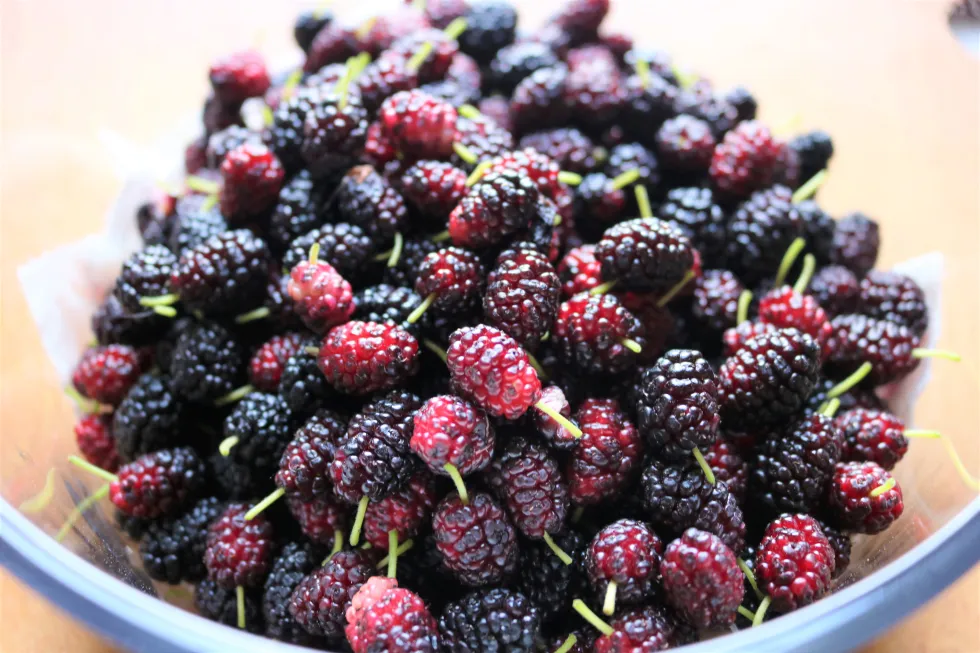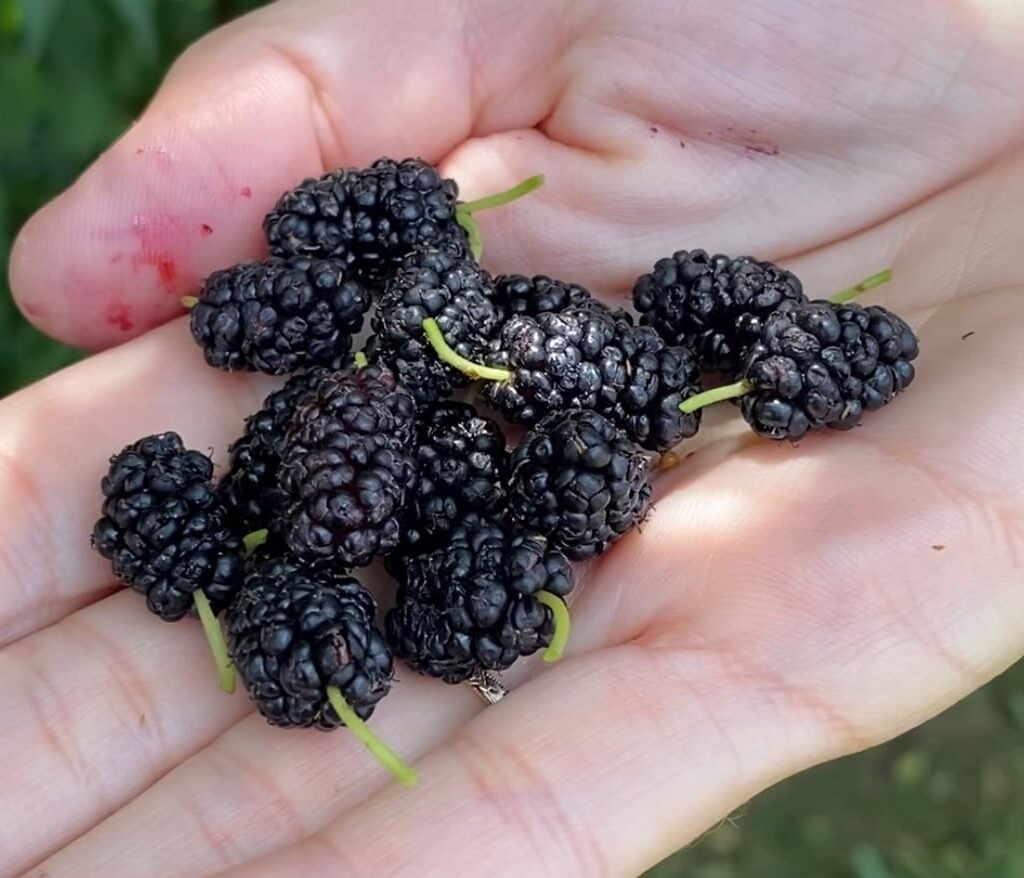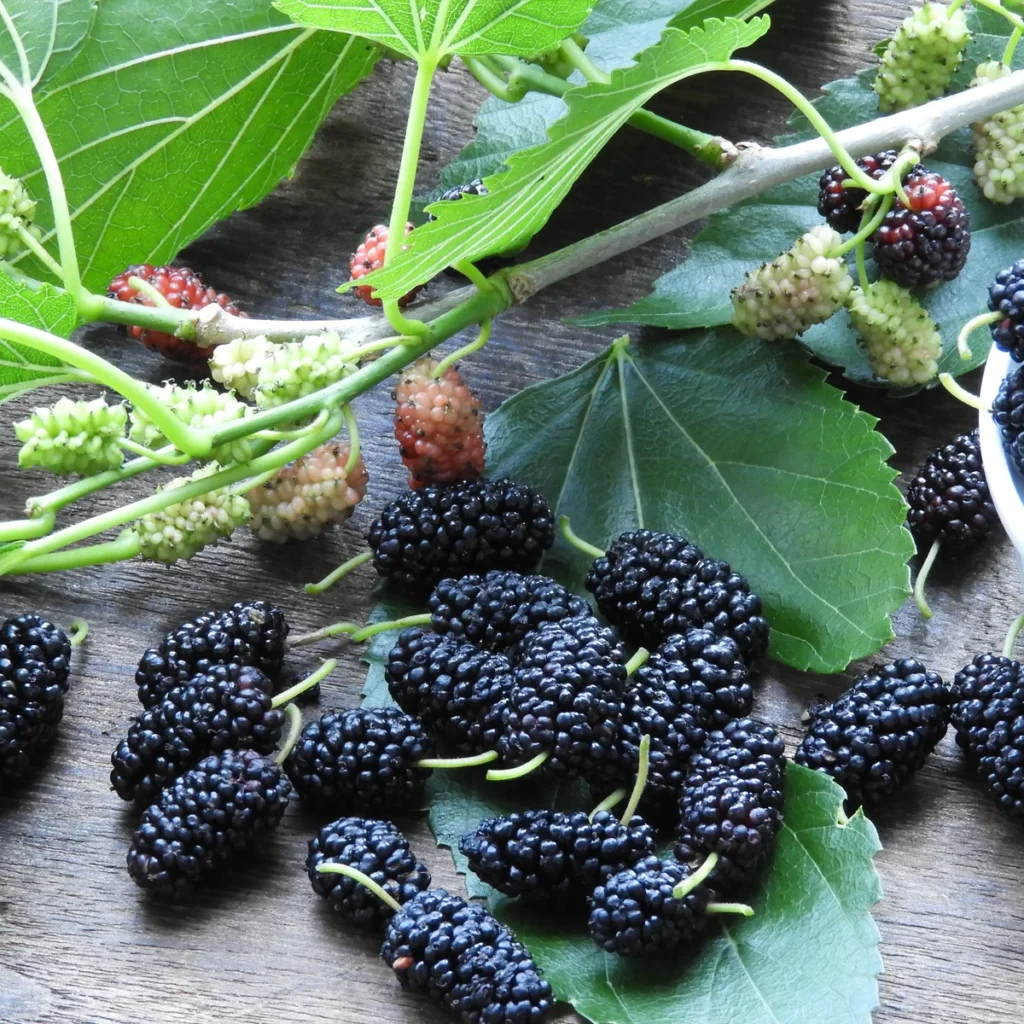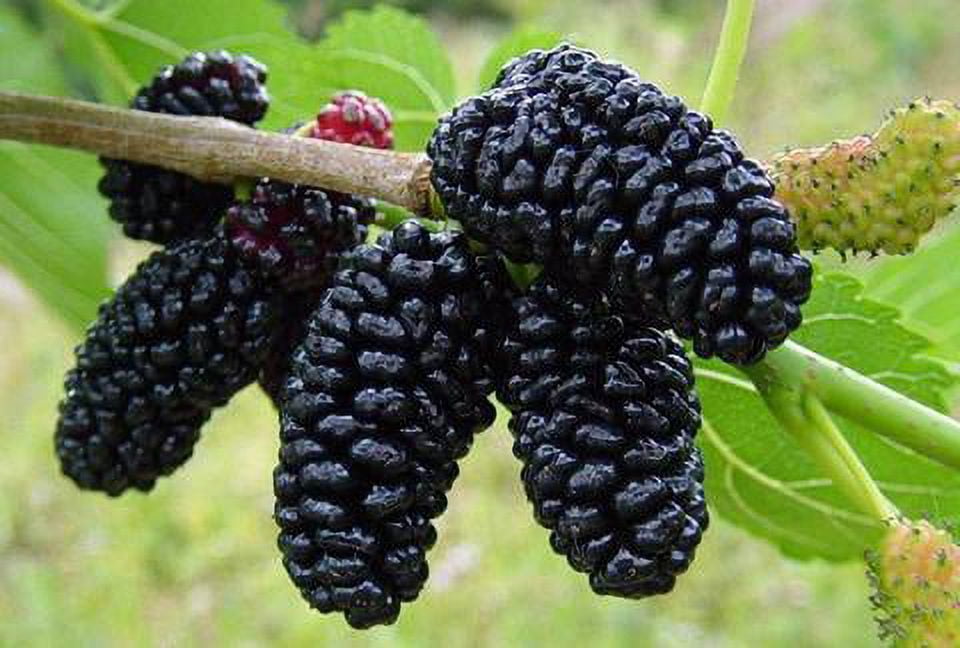Among the many delicious and nutrient-packed fruits enjoyed around the world, mulberries hold a unique place. These soft, juicy berries are loved not just for their sweet-tart flavor but also for their health benefits and cultural significance in various regions. Though not as globally famous as strawberries or blueberries, mulberries are a treasured seasonal fruit in several parts of the world, particularly in Asia and the Middle East.
But which country is famous for producing the most mulberries? In this article, we’ll explore the origins of mulberries, their significance in global agriculture, top-producing nations, and why one particular country stands above the rest.
The Origins and History of Mulberries

Mulberries belong to the Morus genus, with over 15 species known worldwide. They grow best in warm, temperate, and subtropical regions. Native to China and parts of the Indian subcontinent, mulberries have been cultivated for thousands of years, both for their fruits and leaves. The leaves of the mulberry tree are particularly important in sericulture (silk farming), as they are the primary food for silkworms.
There are three main types of mulberries:
- White Mulberries (Morus alba): Native to China, widely used in silk production.
- Black Mulberries (Morus nigra): Known for their large, dark purple-black berries and rich flavor.
- Red Mulberries (Morus rubra): Native to North America.
Global Mulberry Cultivation Today

Today, mulberries are cultivated across Asia, the Middle East, parts of Europe, and the Americas. They’re grown for fresh consumption, dried products, juices, jams, wines, and traditional medicines.
Though several countries produce mulberries, only a few lead in large-scale, commercial production. The countries with the highest mulberry yields typically have ancient histories tied to silk farming and berry cultivation.
Which Country Leads in Mulberry Production?
China — The Undisputed Leader
Without a doubt, China is the world’s largest and most famous producer of mulberries. The country has cultivated mulberries for over 4,000 years, primarily for silk production, but also for culinary and medicinal uses. The Chinese government has long encouraged mulberry farming as part of its sericulture industry, making the fruit a staple in both rural and commercial agricultural sectors.
Why China Leads the World in Mulberries:
- Ideal Climate: China’s warm, subtropical climate is perfect for mulberry cultivation.
- Ancient Tradition: Deeply rooted in the culture through silk farming and traditional medicine.
- Extensive Agricultural Infrastructure: Large-scale plantations, dedicated research institutes, and state-supported farming programs.
- Diverse Uses: Beyond fresh fruit, mulberries in China are dried, juiced, turned into wine, or used in herbal medicine.
According to agricultural reports, China contributes an estimated 60–70% of the world’s total mulberry production.
Other Notable Mulberry Producing Countries

Though China dominates the market, several other countries also grow mulberries for domestic consumption and niche exports:
India
India ranks as the second-largest producer of mulberries globally. Mulberry farming is especially prominent in the states of Karnataka, Tamil Nadu, Andhra Pradesh, and West Bengal. Like China, India’s silk industry depends on mulberry leaves to feed silkworms.
Indian farmers also consume mulberries fresh, or use them to prepare traditional sweets, jams, and medicinal tonics.
Turkey
Turkey is known for producing black mulberries (Morus nigra), particularly in the Anatolia and Aegean regions. The country uses mulberries extensively in traditional desserts, syrups, sherbets, and mulberry molasses called “pekmez”.
Mulberries hold cultural significance in Turkey, where the fruit is enjoyed both fresh and dried.
Iran
Iran is another notable mulberry producer, where the fruit, known locally as “toot”, is enjoyed fresh or sun-dried. Iranian markets often sell dried mulberries as a traditional snack alongside tea.
Pakistan
Mulberries are a popular seasonal fruit in Pakistan’s northern areas like Gilgit-Baltistan, Swat, and Punjab. The country cultivates both black and white varieties for fresh consumption and local use in jams, juices, and desserts.
United States
In the U.S., mulberries grow in warmer states like California, Texas, and Florida. However, commercial production is limited, and most mulberries are for local farmers’ markets and private consumption.
Estimated Global Production (By Country)

| Rank | Country | Estimated Annual Production (Metric Tons) |
|---|---|---|
| 1 | China | 600,000 – 800,000 |
| 2 | India | 120,000 – 180,000 |
| 3 | Turkey | 80,000 – 100,000 |
| 4 | Iran | 50,000 – 70,000 |
| 5 | Pakistan | 20,000 – 30,000 |
Note: Figures are approximate based on available agricultural data and may vary year-to-year.
Why Are Mulberries Popular Worldwide?
Several factors contribute to mulberries’ growing popularity:
- Nutritional Benefits: Rich in vitamin C, vitamin K, iron, potassium, and antioxidants.
- Culinary Versatility: Used fresh, dried, or processed into jams, wines, desserts, teas, and syrups.
- Cultural Significance: An important part of Asian, Middle Eastern, and Mediterranean cuisines and traditional medicine.
- Superfood Status: Increasingly recognized in health food circles for its antioxidant-rich properties.
Global Export and Trade of Mulberries

Though mulberries are highly perishable, dried mulberries have a solid international market. China, Turkey, and Iran lead in dried mulberry exports, sending them to countries like:
- United States
- Germany
- United Kingdom
- Australia
- Gulf countries
Fresh mulberries, due to their short shelf life, are typically traded within local and regional markets.
Challenges in Mulberry Production
While the market for mulberries is growing, producers face several challenges:
- Short Shelf Life: Fresh mulberries spoil quickly, limiting export potential.
- Pest and Disease Risks: Mulberry plants can be affected by fungal diseases and insects.
- Climate Sensitivity: Mulberries require specific temperature and humidity conditions for optimal growth.
- Limited Commercialization: Outside China, most countries cultivate mulberries on small farms for local consumption.
Conclusion: Which Country Is Famous for Producing the Most Mulberries?
To sum it up — China is unquestionably the most famous and largest producer of mulberries in the world. With a rich history of silk production, a favorable climate, and extensive agricultural infrastructure, China leads global mulberry cultivation by a significant margin.
India, Turkey, Iran, and Pakistan also contribute notable quantities, but none match China’s scale. As awareness of the health benefits of mulberries spreads globally, production and trade are likely to expand, with China maintaining its leadership in this delicious, nutrient-rich, and culturally significant fruit.






Leave A Comment